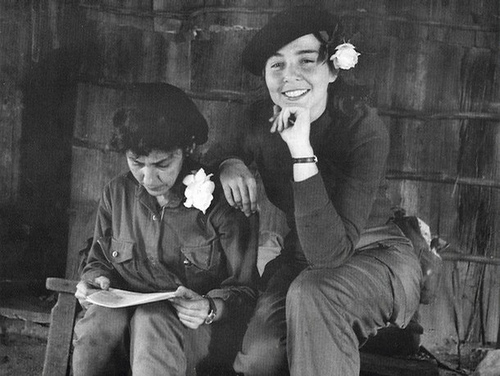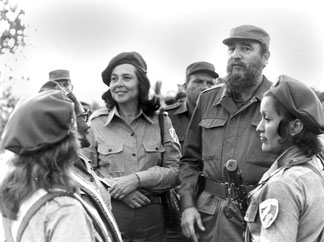<Back to Index>
- Secretary to the Presidency of the Council of Ministers Celia Sánchez Manduley, 1920
- Member of the Central Committee of the Communist Party Vilma Lucila Espín Guillois, 1930
PAGE SPONSOR
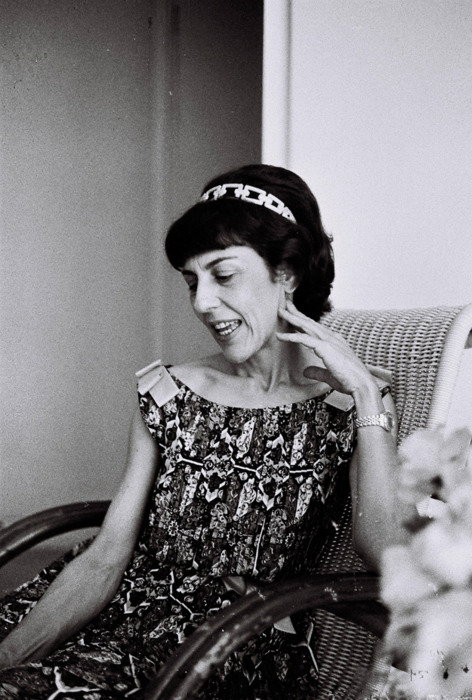
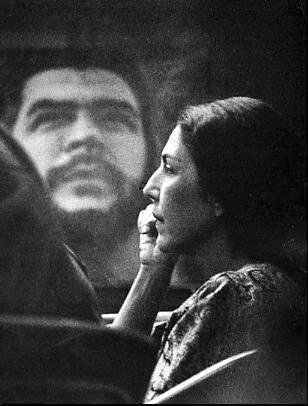
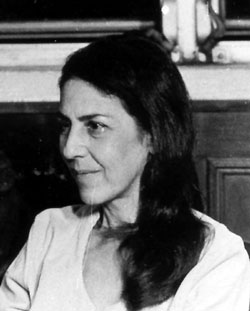
Celia Sánchez Manduley (May 9, 1920 – January 11, 1980) was a participant of the Cuban Revolution and a close friend, and rumored lover of Fidel Castro.
She was born in Media Luna, Oriente, Cuba. Sánchez joined the struggle against the Batista government following the coup of March 10, 1952. She was the founder of the 26th of July Movement in Manzanillo. Together with Frank País she was one of the first women to assemble a combat squad during the revolution. During the revolution, she was tasked with making all the necessary arrangements throughout the southwest coast region of Cuba, for the Granma landing, and was responsible for organizing reinforcements once the revolutionaries landed. In 1957, she joined the guerillas, and served as messenger. Celia placed small telegrams inside a Butterfly flower, so the messages would remain in secret and would not be exposed to the enemy.
Sánchez was bestowed with the title of Secretary to the Presidency of the Council of Ministers and served in the Department of Services of the Council of State until her death of lung cancer in 1980. The Celia Sánchez Memorial in Manzanillo honors her name.
As a member of the general staff of the Rebel Army she managed to
supply Che Guevara and other rebels with weapons, occasionally food and
medical supplies.
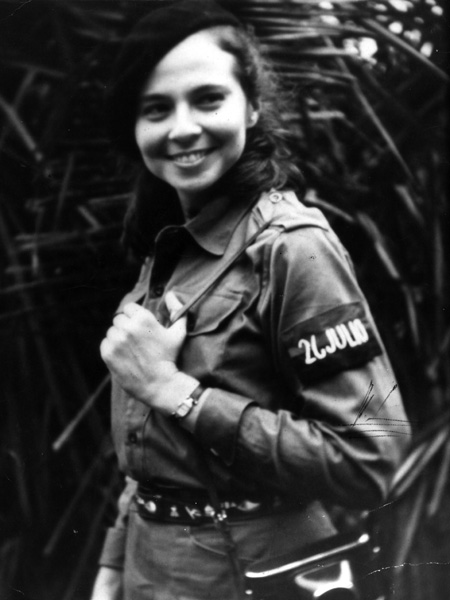
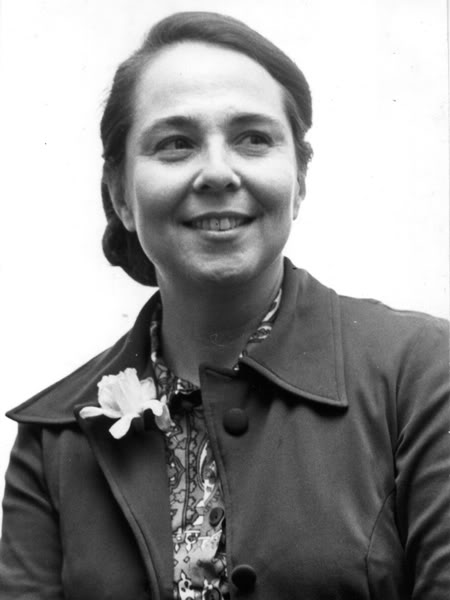
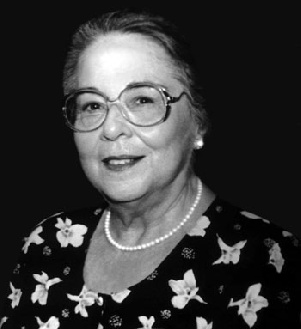
Vilma Lucila Espín Guillois (April 7, 1930 – June 18, 2007) was a Cuban revolutionary, feminist and chemical engineer. She was married to Raúl Castro, the current Cuban President, who is the brother to former Cuban President Fidel Castro. Espín had four children (Deborah, married to Luis Alberto Rodríguez López - Calleja, Mariela, Nilsa and Alejandro Castro Espín) and seven grandchildren. Her daughter, Mariela Castro, currently heads the Cuban National Center for Sex Education, and her son, Alejandro Castro Espín, is a Colonel in the Ministry of Interior. Espín was often described as "Cuba's First Lady".
Espín, from Santiago de Cuba, was the daughter of a
lawyer for the Bacardi family, Jose Espín and wife Margarita
Guillois. She had four siblings, Nilsa, Iván, Sonia and José. In the 1950s, she studied chemical engineering at MIT
in Cambridge, Massachusetts before meeting revolutionary leader Frank
País
in Havana. The meeting led Espín to become a leader of the
revolutionary movement in Oriente province. Espín acted as a
messenger
between the movement and Fidel Castro's 26th of July Movement, which had
been relocated to Mexico
in order to plan a future invasion. It was in Mexico that Espín
met
Raúl Castro. She then went on to assist the revolutionaries in
the Sierra Maestra mountains after the 26th of July Movement's return to
Cuba on the Granma yacht. She and Raúl married in January 1959.
Espín was President of the Federation of Cuban Women from its foundation in 1960 until her death. The organization is a recognized non - government organization which claims a membership of more than three and a half million women, and is generally recognized as a Quango or GONGO. Espín was also a member of the Council of State of Cuba, as well as a member of the Central Committee and the Political Bureau of the Communist Party of Cuba from 1980 to 1991.
Espín headed the Cuban Delegation to the First Latin American Congress on Women and Children in Chile in September 1959. She also headed the Cuban delegations to the Conferences on Women held in Mexico, Copenhagen, Nairobi and Beijing.
Espín died in Havana at 4:14 p.m. EDT on June 18, 2007, following a long illness.
An official mourning period was declared from 8 p.m. on June 18 until
10 p.m. on June 19. Her body was cremated, and her remains rest in the
"II Frente Frank País" Mausoleum.
